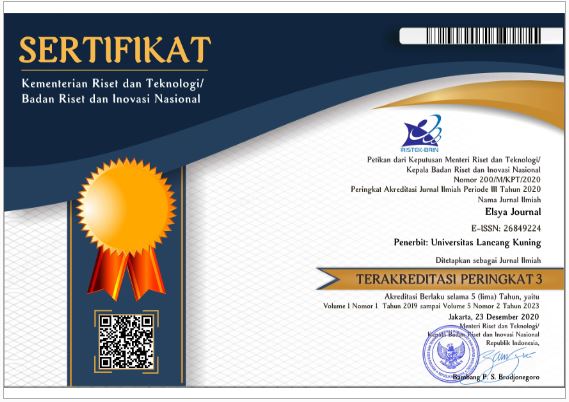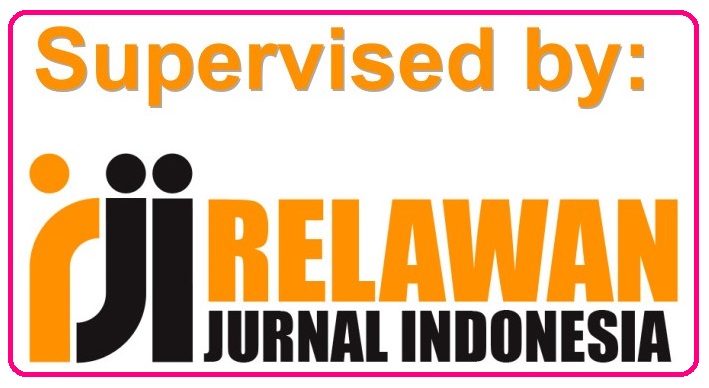An Article Review on “The Use of Politeness Strategies in the Classroom Context by English University Students"
Abstract
This study aims to review and look at politeness strategies in the Classroom Context by English University Students. Politeness in English language teaching is still a major concern. This is considered a way of ensuring positive contact in the classroom. As an essential actor in the class, teachers and students must also cultivate politeness as a way to establish positive engagement in the classroom. In order to investigate the politeness phenomenon in EFL interaction, the researchers applied a descriptive qualitative research method. Two sections of English literature were included in this research. The key data sources were the individual student presentations recorded. The recording took fifty transcripts, which lasted between five and seven minutes for each performance. The transcripts were examined and debated on the basis of Brown and Levinson's theory of politeness. The findings of this research indicate that English students used different types of words to express their courtesy within the classroom. Such phrases were in the form of greetings, thanks, apologies and fillers. Some terms were also taken from the vernacular language of students who acted as a tool to soften their presentation. Such words were marked as positive and negative politeness. The results of this study could be used as a means of establishing effective interaction between teachers and students in the classroom.
Downloads
- Author retains the copyright and grants Elsya Journal the right of first publication of the work simultaneously licensed under the Creative Commons Attribution-ShareAlike 4.0 License that allows others to share the work with an acknowledgment of the work's authorship and initial publication in this journal
- The author is able to enter into separate, additional contractual arrangements for the non-exclusive distribution of the journal's published version of the work (e.g., post it to an institutional repository or publish it in a book) with the acknowledgment of its initial publication in this journal.
- The author is permitted and encouraged to post his/her work online (e.g., in institutional repositories or on their website) prior to and during the submission process, as it can lead to productive exchanges, as well as earlier and greater citation of the published work (See The Effect of Open Access).









 Elsya Journal is licensed under
Elsya Journal is licensed under 